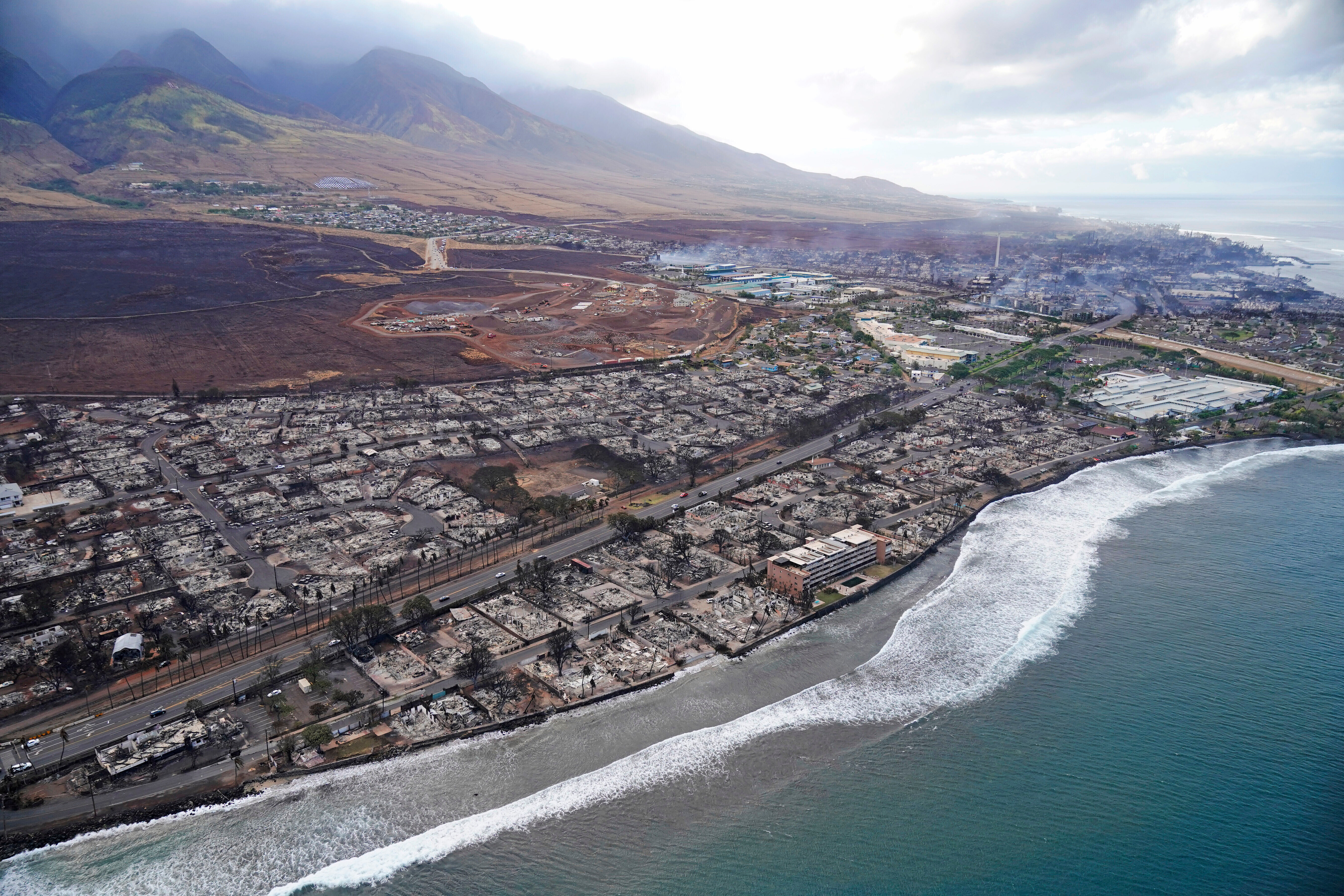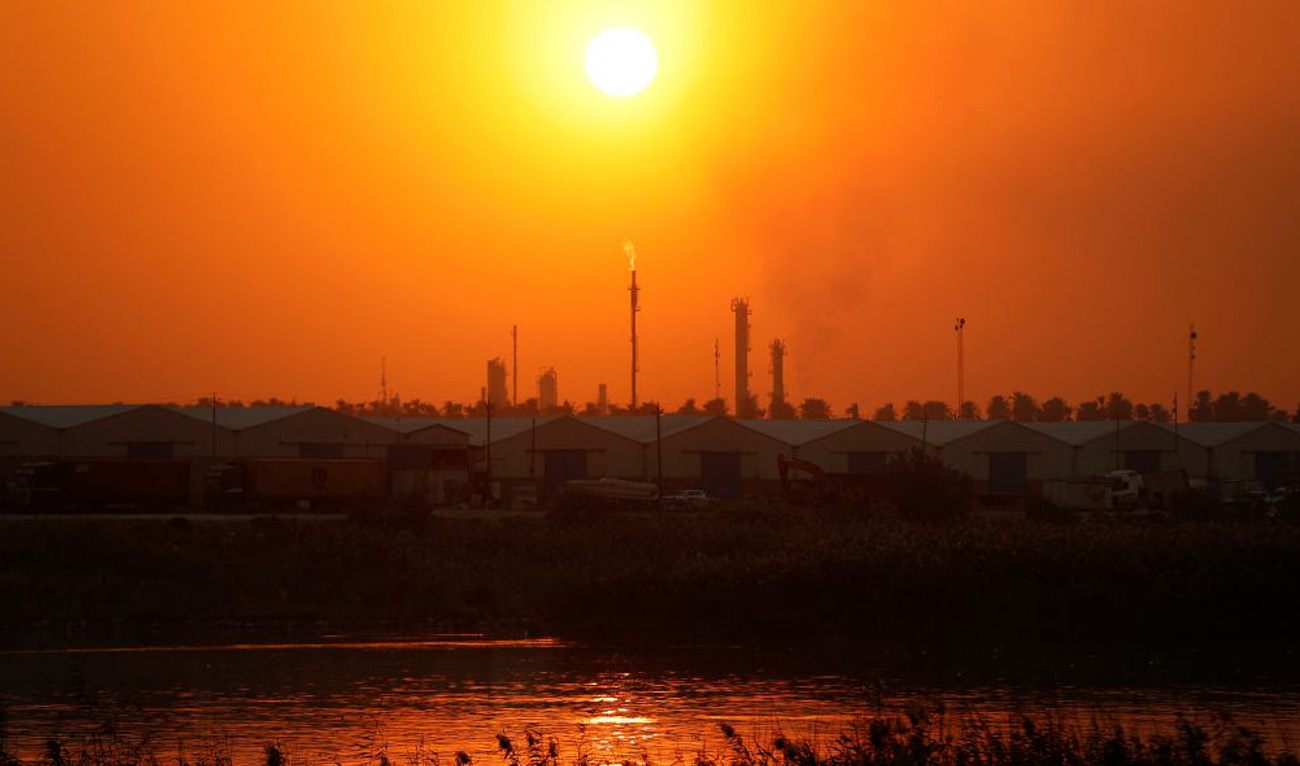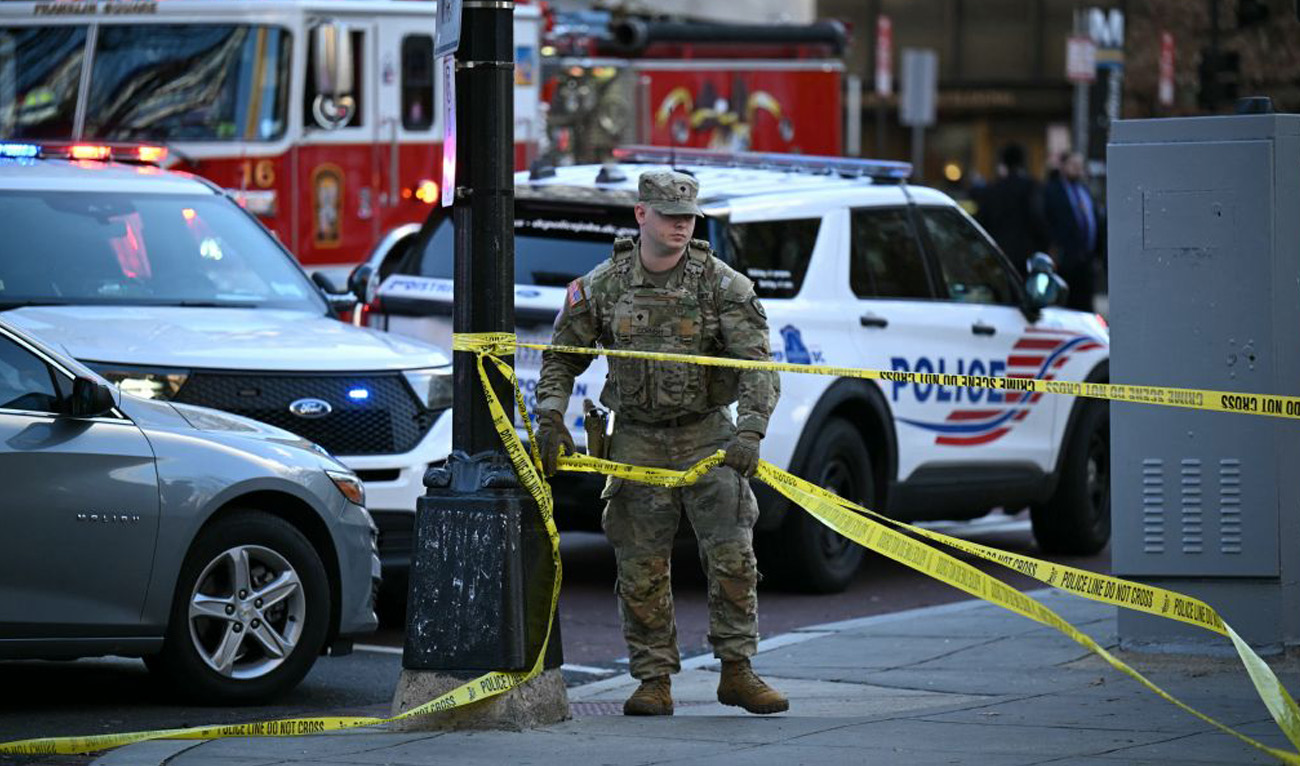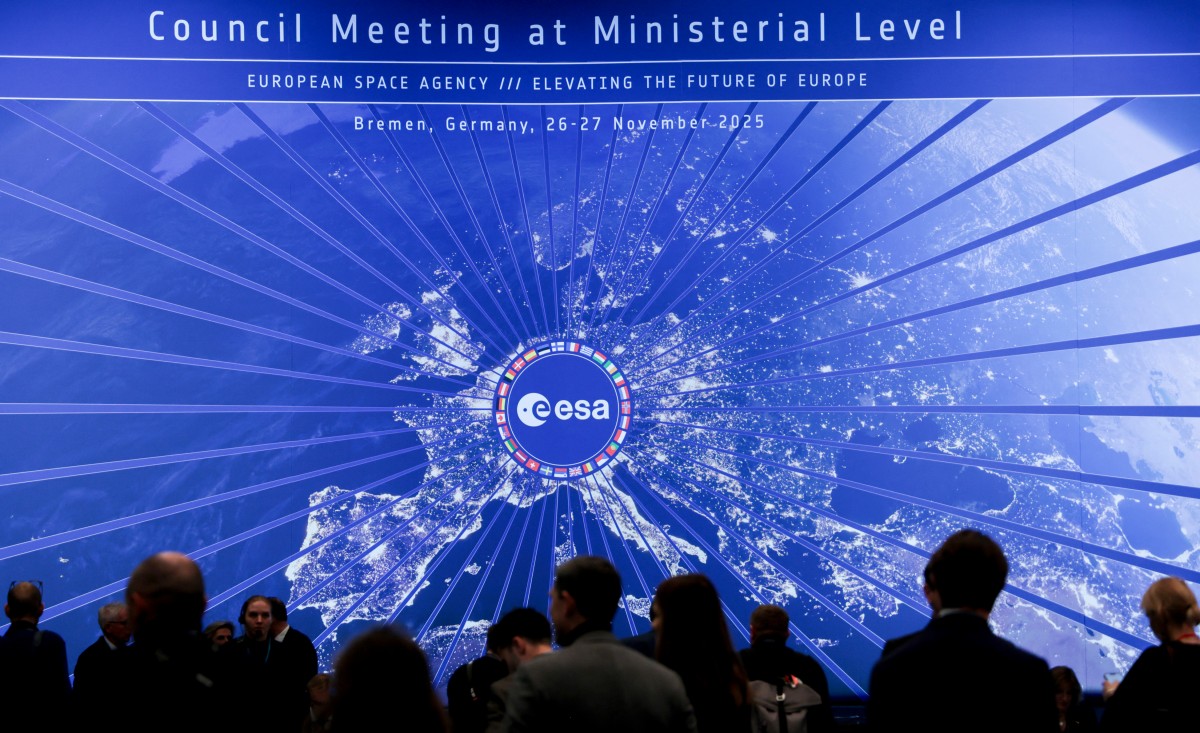
FILE - Wildfire wreckage is shown in Lahaina, Hawaii, Aug. 10, 2023. (AP Photo)
WASHINGTON: Earth’s nastiest and costliest wildfires are blazing four times more often now than they did in the 1980s because of human-caused climate change and people moving closer to wildlands, a new study found.
A study in the journal Science examines global wildfires, not by acres burned, which is the most common measuring stick, but by the more challenging-to-calculate economic and human damage they cause. The study concluded there has been a “climate-linked escalation of societally disastrous wildfires.”
A team of Australian, American, and German fire scientists calculated the 200 most damaging fires since 1980 based on the percentage of damage to the country's Gross Domestic Product at the time, taking inflation into account. The frequency of these events has increased about 4.4 times from 1980 to 2023, said study lead author Calum Cunningham, a pyrogeographer at the Fire Centre at the University of Tasmania in Australia.
“It shows beyond a shadow of a doubt that we do have a major wildfire crisis on our hands,” Cunningham said.
About 43% of the 200 most damaging fires occurred in the last 10 years of the study. In the 1980s, the globe averaged two of these catastrophic fires a year, and occasionally hit four a year. From 2014 to 2023, the world averaged nearly nine a year, including 13 in 2021. It noted that the count of these devastating infernos sharply increased in 2015, which “coincided with increasingly extreme climatic conditions.” Though the study date ended in 2023, the last two years have been even more extreme, Cunningham said.
Europe and North America lead in the number of these economically damaging fires. It's especially worse in the Mediterranean, around Greece, Italy, Spain, and Portugal, as well as in the Western United States, particularly around California, due to the climate's tendency towards sudden dryness, which is exacerbated by global warming, Cunningham said.
The researchers also found a tripling in the frequency of single fires that killed at least 10 people, such as the 2018 Paradise fire, the 2023 Lahaina fire, and those in Los Angeles in 2025.
Cunningham said often researchers look at how many acres a fire burns as a measuring stick, but he called that flawed because it really doesn't show the effect on people, with area not mattering as much as economics and lives. Hawaii's Lahaina fire wasn't big, but it burned a lot of buildings and killed a lot of people, so it was more meaningful than one in sparsely populated regions, he said.
“We need to be targeting the fires that matter. And those are the fires that cause major ecological destruction because they’re burning too intensely,” Cunningham said.
However, economic data is difficult to obtain, as many countries keep this information private, which prevents global trends and totals from being accurately calculated. So, Cunningham and colleagues were able to get more than 40 years of global economic data from the insurance giant Munich Re and then combine it with the public database from the International Disaster Database, which, although not as comprehensive, is collected by the Catholic University of Louvain in Belgium.
The study examined “fire weather,” characterized by hot, dry, and windy conditions that increase the likelihood and severity of extreme fires, and found that these conditions are on the rise, potentially linking them to the burning of coal, oil, and natural gas.
“We’ve firstly got that connection that all the disasters by and large occurred during extreme weather. We’ve also got a strong trend of those conditions becoming more common as a result of climate change. That’s indisputable,” Cunningham said. “So that’s a line of evidence there to say that climate change is having a significant effect on at least creating the conditions that are suitable for a major fire disaster.”
If there were no human-caused climate change, the world would still have devastating fires, but not as many, he said: “We’re loading the dice in a sense by increasing temperatures.”
There are other factors. People are moving closer to fire-prone areas, called the wildland-urban interface, Cunningham said. And society is not getting a handle on dead foliage that becomes fuel, he said. But those factors are more complex to quantify compared to climate change, he said.
"This is an innovative study in terms of the data sources employed, and it mostly confirms common sense expectations: fires causing major fatalities and economic damage tend to be those in densely populated areas and to occur during the extreme fire weather conditions that are becoming more common due to climate change," said Jacob Bendix, a geography and environment professor at Syracuse University who studies fires, but wasn't part of this research team.
Not only does the study make sense, but it's a bad sign for the future, said Mike Flannigan, a fire researcher at Thompson Rivers University in Canada. Flannigan, who wasn't part of the research, said: "As the frequency and intensity of extreme fire weather and drought increase, the likelihood of disastrous fires increases, so we need to do more to be better prepared."
Latest News
Pakistan honors outgoing top military official after four decades’ service
2 HOURS AGO

Drone strike hits Iraq gas complex, cuts supply: official
2 HOURS AGO

Two National Guard soldiers shot near White House, suspect in custody
5 HOURS AGO

Hong Kong high-rise fire kills at least 44, still burning
6 HOURS AGO
.jpg)
NASA confirms support for delayed European Mars rover: ESA
7 HOURS AGO

